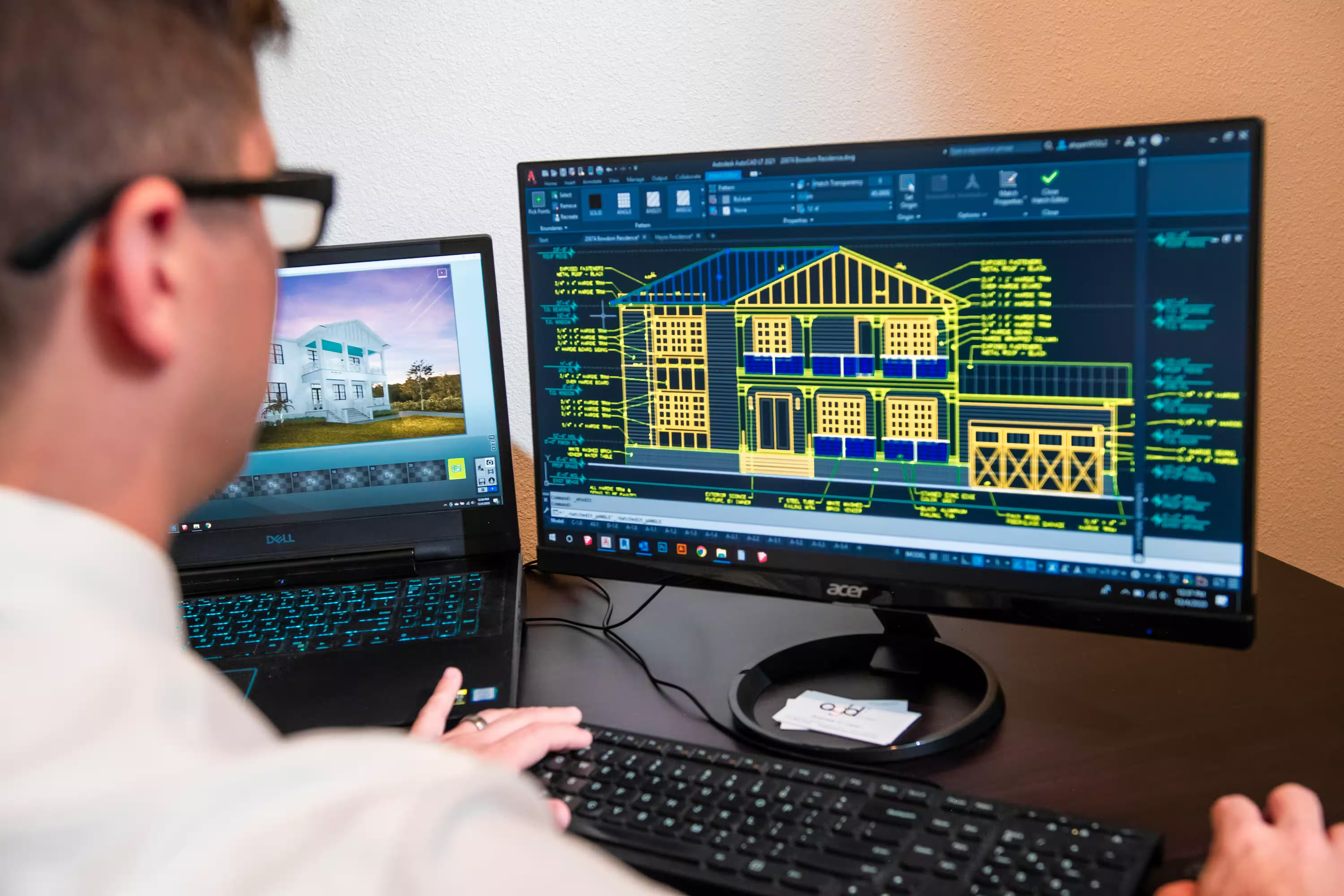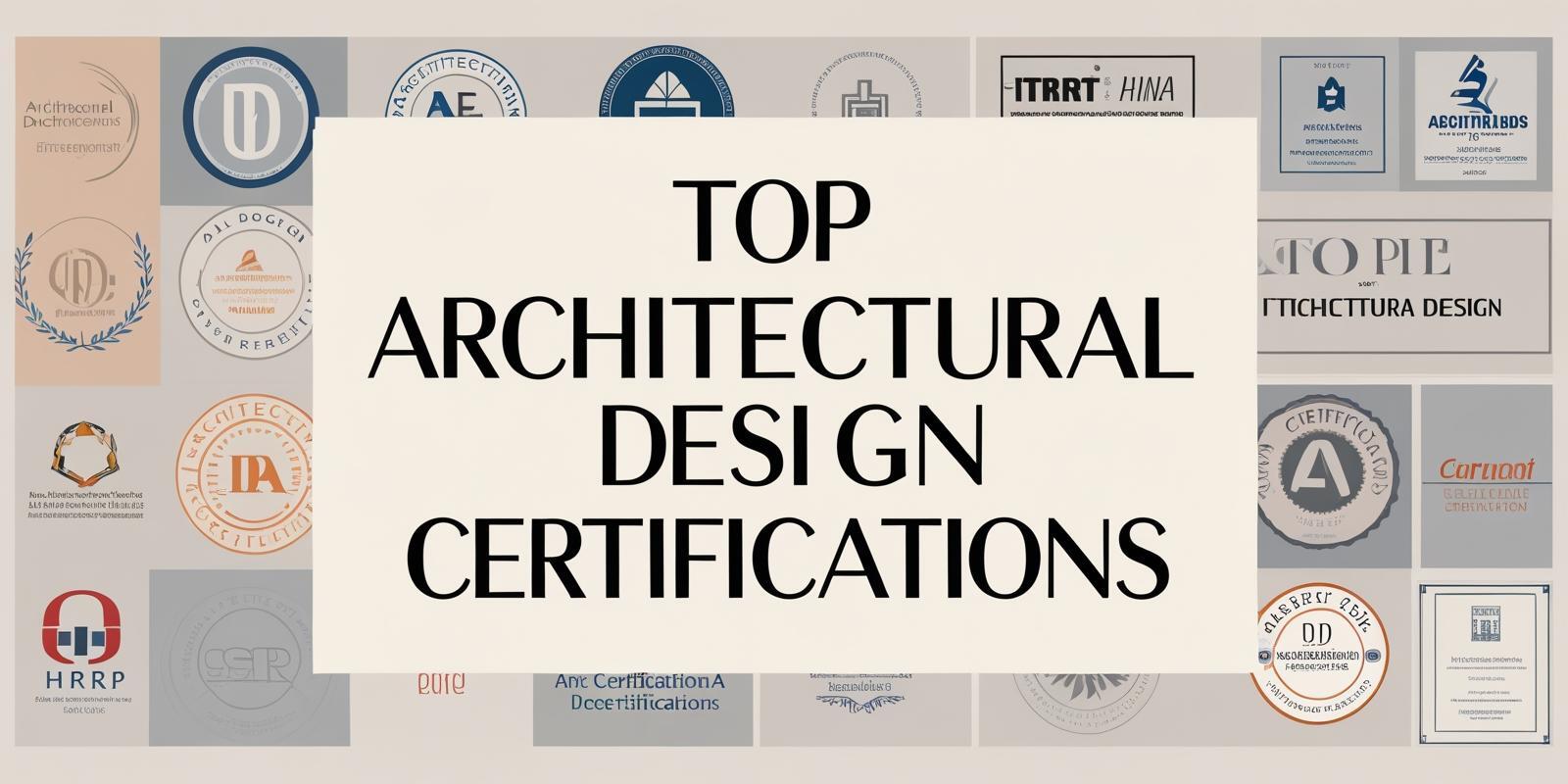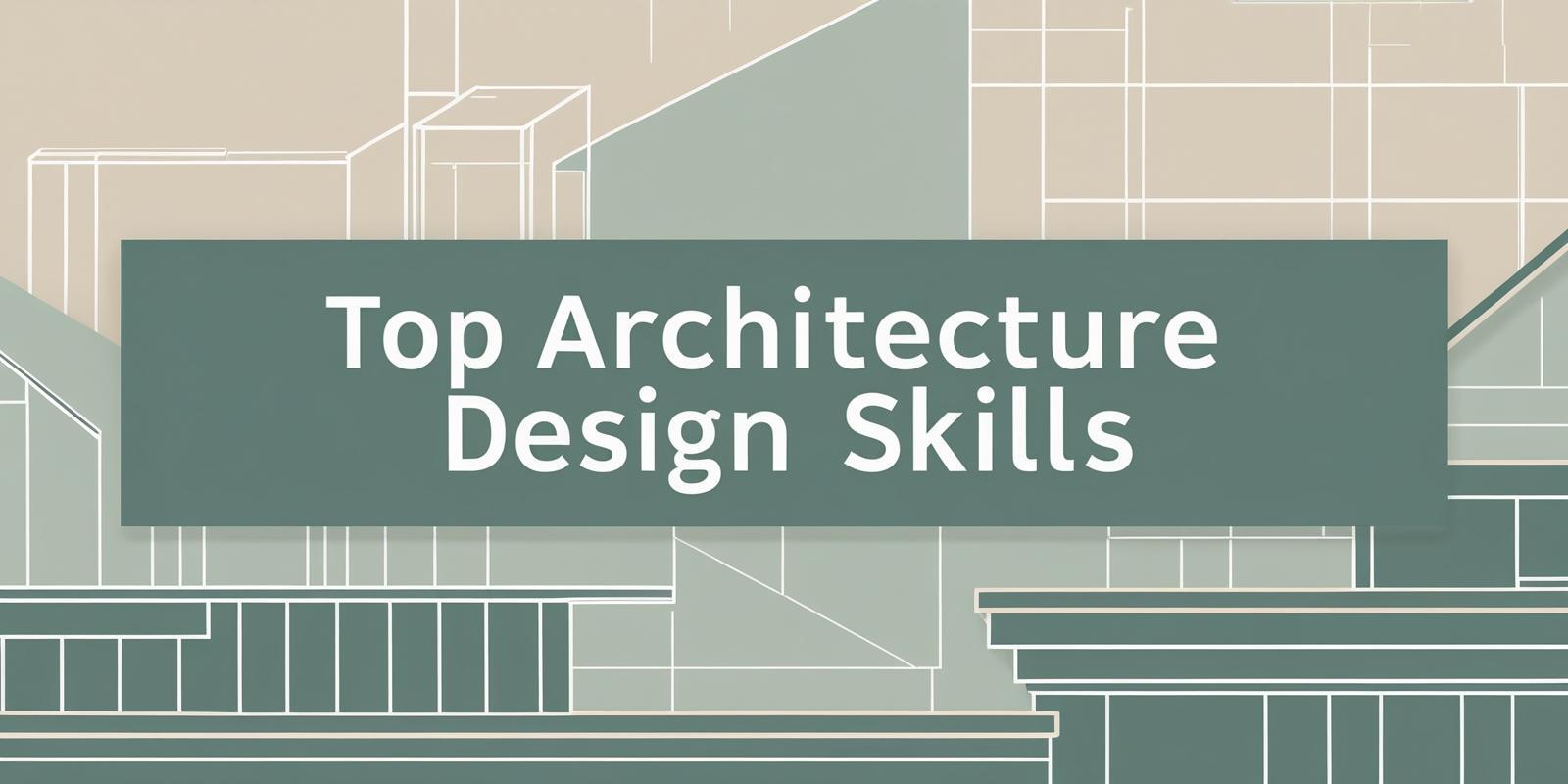.png)
In today’s evolving built-environment landscape, mastering architectural historian skills and integrating them into the role of an architectural technician is more crucial than ever. U.S. Census Bureau reported that employment within architectural and engineering services had increased by 2.4% per year, to Q2 2024, with A/E firm revenues at of record US $116.1 billion, 8.1% higher than the previous year. In the meantime, the data on occupations in the United States demonstrates that architecture and engineering positions, including technicians, will increase at or above average speed during the period of 2023-2033.
Such intensive need is evidence of the requirement of high technical, as well as interpersonal competence. Whether you're interested in the architectural historian job description, wondering what does an architectural historian do, or exploring architectural historian certification, this guide lays out a clear path fueled by industry and heritage-centered insights.
What Are the Core Responsibilities of an Architectural Technician?

An architectural technician bridges design visions and practical execution. Core responsibilities include:
- Interpreting and developing technical drawings from architects’ conceptual sketches
- Preparing precise CAD and BIM models with complete annotations
- Ensuring compliance with building codes, zoning laws, materials specs, and structural requirements
- Collaborating with engineers, contractors, and clients to resolve design‐to‐build challenges
- Performing site inspections, monitoring construction progress, and verifying quality control
- Managing project documentation, contract tendering, and cost estimation
These tasks align closely with architectural technician skills and responsibilities, emphasizing coordination, technical accuracy, and effective communication.
Interestingly, these core duties often overlap with functions detailed in an architectural historian job description, especially on projects involving historical buildings or adaptive reuse. In such cases, technicians must consult architectural historian jobs listings to understand requirements and collaborate with heritage professionals to ensure compliance with preservation guidelines.
Understanding who is an architectural historian, a professional who researches, documents, and preserves historical structures, adds valuable context when technicians support restoration projects. When working together, both roles complement each other, blending design innovation with historical accuracy.
Which Technical Skills Are Most Important in 2025?
In 2025, the demand for well-rounded technical skillsets is growing. Essential competencies include:
1. Proficiency in CAD & Drafting Tools
Mastering AutoCAD and MicroStation remains fundamental for drafting precise 2D plans and sections.
2. BIM (Building Information Modeling)
BIM 360 enables collaboration in real-time. It stores design files centrally, permits version control, and enables live coordination among architects and engineers.
3. 3D Modeling & Visualization
Fluency in tools like SketchUp, Rhino, and Revit enhances the ability to produce realistic visualizations.
4. Code Compliance & Regulatory Knowledge
Understanding local and international construction codes is vital when interpreting drawings and specifications.
5. Construction Documentation & Cost Estimation
Skilled technicians contribute to preparing specifications, bill of quantities, and RFP packages.
6. Heritage & Historical Context
Technicians with Skills needed to be an architectural historian aid in renovation or conservation efforts by understanding period‐specific details and historical techniques.
7. Field & Site Coordination
Site survey experience becomes indispensable when ensuring that drawings align with actual conditions.
These skills not only support modern construction but also enable technicians to work alongside professionals in architectural historian jobs, particularly on projects governed by historical protection regulations.
What Design and Drafting Software Should You Be Proficient In?

To meet 2025 demands, you should be fluent in:
1. Navisworks or BIM 360
For clash detection and coordination
2. Revit
For full BIM capabilities
3. AutoCAD
For industry standard for 2D drafting
4. ArchiCAD
For widely used in European heritage projects
5. SketchUp
For for rapid modeling and client visualizations
6. Rhino + Grasshopper
For for parametric, complex geometry
7. Bluebeam Revu
For PDF markup and digital collaboration
Additional plug-ins like Enscape, Lumion, and Twinmotion help create immersive, photo‑realistic visuals, especially useful for projects needing architectural historian job descriptions in proposals or grants.
How Important Are BIM and 3D Modeling Skills?
BIM and 3D modeling skills have become essential, as technologies like BIM allow architects to take on tasks traditionally handled by technicians, underscoring the growing importance of BIM proficiency. These skills empower:
- Efficient coordination of structural, MEP, and architectural models
- Automated quantities, cost estimation, and schedule analysis
- Virtual walkthroughs enhancing stakeholder buy-in
- Clash detection that minimizes construction delays and costs
Moreover, for roles tied to heritage conservation, like jobs for architectural historians, integrating historical documentation within BIM models enhances preservation workflows and accuracy.
Which Soft Skills Help Technicians Work Effectively in Teams?
Technical expertise alone isn’t enough. These soft skills are essential:
1. Communication & Reporting
Clear verbal/written communication enables better collaboration and documentation, aligns with architectural historian job description roles that involve report writing.
2. Teamwork & Empathy
Working alongside architects, engineers, site teams, and preservation specialists requires respectful listening and adaptability.
3. Problem-Solving
Field issues demand quick, informed decisions to adapt drawings and systems.
4. Project & Time Management
Coordinating multi-trade inputs, meeting deadlines, and organizing documentation is key.
5. Attention to Detail
Small drafting errors can lead to significant construction issues, especially important in conservation, where historical authenticity matters.
6. Leadership & Mentoring
Senior technicians often supervise junior staff, mirroring career paths seen for architectural historian certification and advanced roles.
Technicians often interact with professionals whose work aligns with who is an architectural historian, particularly when heritage approval is needed. Knowing where do architectural historians work, such as public agencies, preservation societies, and architectural firms, can help technicians anticipate collaborative environments and adapt their communication accordingly.
How Can You Keep Your Skills Updated in a Changing Industry?
Staying current with industry trends and continuous learning is essential for architectural technicians aiming to grow in today’s evolving field:
1. Formal Education & Certification
Enrol in specialist diplomas or certificate programs in BIM, Revit, or heritage conservation. Certifications such as the Autodesk Certified Professional or an architectural historian degree reflect a commitment to growth.
2. Professional Associations & Events
Join bodies like the Canadian College of Architectural Technologists or the Society of Architectural Historians. Attend conferences and webinars on emerging tech and conservation trends.
3. On-the-job Projects & Mentoring
Seek heritage projects that allow you to utilize and share architectural historian skills. Observe senior colleagues on site, engage in mentorship, essential for career path for architectural historian roles.
4. Online Learning & Tutorials
Platforms like LinkedIn Learning, Coursera, and Lynda offer targeted courses in BIM, Revit, SketchUp, and conservation techniques.
5. Field Practice
Volunteer or contract at heritage sites. Practical exposure reinforces theoretical knowledge and contributes towards building a portfolio aligned with how to become architectural historian ambitions.
6. Networking & Peer Review
Engage in forums, local chapters, or peer review sessions where knowledge on software, modeling, and heritage insights is shared.
Conclusion
An architectural technician in 2025 must combine technical prowess with contextual understanding and adaptability. Your toolkit should include architectural historian skills, strong BIM and drafting software proficiency, sharp soft skills, and a mindset of lifelong learning.
By embracing certifications, collaborating on heritage projects, and refining your field and design expertise, you'll not only fulfil the architectural technician skills needed today but also open doors to positions involving architectural historian jobs, competitive architectural historian salary, and advanced roles requiring an architectural historian degree or credential.
If you want to grow in this field, learning future-proof skills like the BIM Course for Architects by Novatr is your ticket to success.
Visit our resource page to explore more resources and expert guidance on advancing your career.
Was this content helpful to you



.jpg)




.png)
.png)

